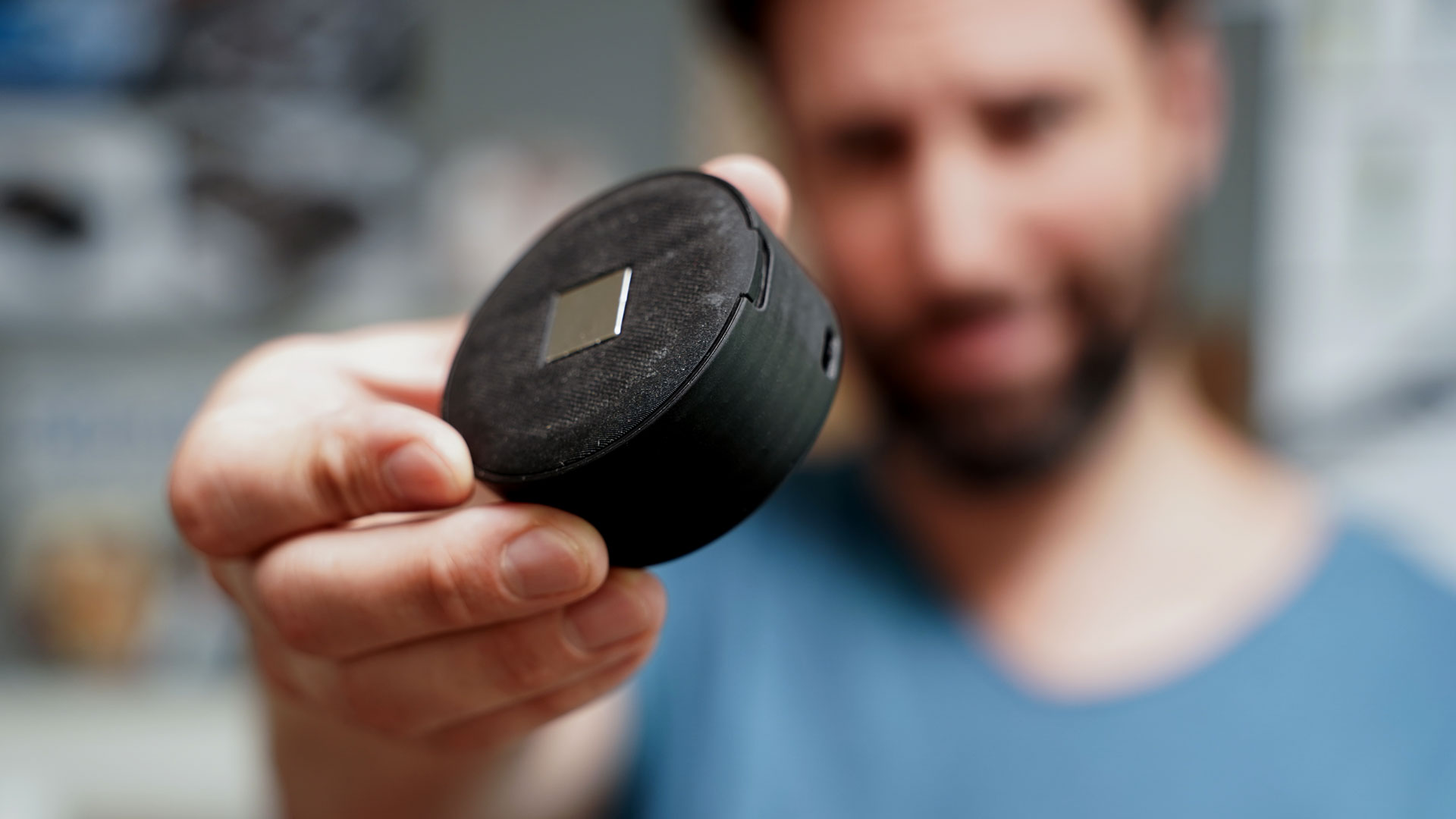Prototyping is far more than just a step in the design process. It is a way of thinking. By bringing ideas into a tangible form, assumptions can be scrutinised, concepts validated and development decisions validated. A prototype serves as a bridge between the abstract world of sketches, CAD models and concepts and the physical reality in which a product must actually exist.

It is a philosophy that enables companies to quickly and cost-effectively transform their visions into tangible realities. By creating prototypes, teams can visualise, test and refine their ideas long before they invest significant resources in final production. This approach not only minimises the risk of bad investments, but also promotes a culture of innovation and continuous improvement.
Even the simplest models can provide valuable insights into the user experience and functionality of a product. From paper models to advanced digital mockups, prototyping allows startups to gather feedback from users and incorporate it directly into product development. This iterative approach not only helps to create a product that meets market needs, but also saves time and money.

SLA printer XIP from NEXA 3D. Printing these parts takes 2 hours. The quality and accuracy is very close to injection moulded parts.
We were able to develop and design the housing for their sensor for the successful start-up thingdust. With the help of high-resolution 3D printing, we were able to test the feel of fine structures as well as how the lid clicks into the main housing. The final injection moulded parts came out exactly as expected. No adjustments to the injection moulding tools were necessary.

Prototype of the housing of thingdust from the SLA 3D printer.

Final injection-moulded housing from thingdust.
Prototyping is not an optional extra, but a central component of modern product development. In combination with high-precision 3D printing, as is possible with the Nexa3D XiP, it unfolds its full potential: ideas are not only visualised, but also made tangible, tested, improved and further developed with real user feedback. This makes prototyping a powerful lever for bringing innovations to market faster, more reliably and more convincingly.
#Prototyping #Startup #Innovation #Industrial design
Use prototyping as a strategic lever - for creativity, efficiency and market success